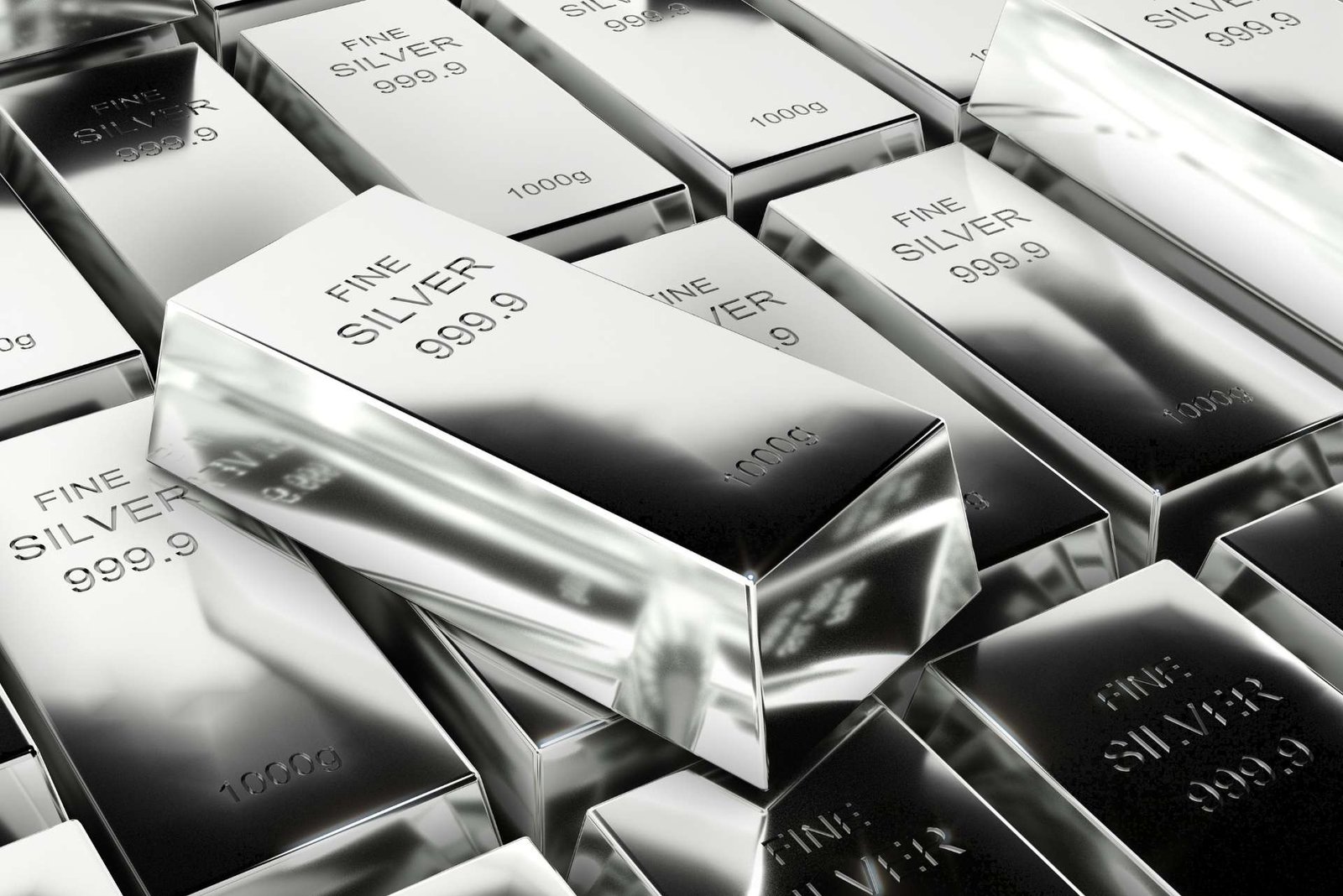Silver has long been seen as a valuable asset, both as a precious metal and as an industrial commodity. For investors looking to diversify their portfolios or hedge against economic uncertainties, silver offers a unique opportunity. However, before diving into silver trading, it’s essential to understand the key factors that can impact the market.
In this guide, we’ll explore the basics of silver trading, the factors influencing silver prices, and strategies to consider as you start investing in this precious metal.
The Basics of Silver Trading
Silver trading can be done through two main methods: physical silver and financial silver products.
Physical Silver: This involves buying tangible assets like coins, bars, or rounds. While offering direct ownership, it requires storage and insurance, which can incur additional costs.
Financial Silver Products: For those who prefer not to manage physical silver, options include:
Silver ETFs: These track silver’s price and allow trading without owning the metal.
Silver Futures and Options: Contracts that let investors buy or sell silver at a set future price, offering liquidity and leverage but also higher risks.
Silver Mining Stocks: Investing in silver mining companies provides indirect exposure but comes with additional risks tied to the company’s performance.
The choice between physical silver and financial products depends on your investment goals, risk tolerance, and preferences.
Key Factors That Influence Silver Prices
Silver’s price is driven by a wide range of factors, both macroeconomic and industry-specific. Understanding these drivers is crucial for successful silver trading.
Economic Factors
Like most commodities, the price of silver is heavily influenced by global economic conditions. Factors like inflation, interest rates, and economic growth all play a significant role in determining the demand for silver.
Inflation: During periods of high inflation, silver, like gold, is often seen as a hedge against the devaluation of currency. When the cost of living rises, demand for precious metals tends to increase as investors seek safe-haven assets.
Interest Rates: When interest rates are low, silver becomes more attractive because it does not yield any interest. Lower rates make silver less costly to hold, as the opportunity cost of not investing in income-generating assets (like bonds) is reduced.
Industrial Demand
Silver’s industrial applications account for a significant portion of its demand. The metal is used in electronics, solar panels, medical devices, and more. As industries like renewable energy expand, the demand for silver is likely to increase. For example, the push toward solar energy is a major driver of silver’s industrial consumption since silver is a critical component in photovoltaic cells.
Currency Fluctuations and the US Dollar
The price of silver is also closely tied to the value of the US dollar. Since silver is priced in dollars, a weaker dollar often leads to higher silver prices as investors seek alternative stores of value. Conversely, a stronger dollar can put downward pressure on silver prices.
Supply and Demand Dynamics
Silver’s availability plays a crucial role in price movements. Mining costs, geopolitical factors in silver-producing countries, and overall market demand for silver can influence supply and demand dynamics. In times of limited supply or increased demand, the price of silver can rise.
How to Get Started with Silver Trading
Starting with silver trading doesn’t require a massive investment, but it does demand a solid understanding of the market. Here’s a basic outline of how to get started.
Choose Your Investment Vehicle
The first step is deciding whether you want to trade physical silver or invest in silver-related financial products like ETFs or futures. Physical silver provides a tangible asset that you can hold, while financial products offer more liquidity and ease of access.
Research and Risk Management
Before making your first trade, it’s essential to research the market. Understand the fundamentals driving silver prices, monitor current events, and stay updated on market trends. Also, consider employing risk management strategies such as setting stop-loss orders to protect your investments in volatile markets.
Selecting a Broker
To begin trading silver, you’ll need a broker or trading platform. Choose a reputable broker with experience in commodity trading and low fees. Make sure to understand the costs involved, including transaction fees, storage fees (for physical silver), and any other hidden charges. If you’re interested in more resources, this website offers a lot of insight into trading silver.
The Risks and Benefits of Silver Trading
Silver trading, like all investments, carries inherent risks. One of the primary risks is volatility, as silver is known for its significant price fluctuations, which can present opportunities for profit but also increase the potential for loss. Additionally, liquidity risk can arise, especially in certain market conditions where silver may not be as liquid as other assets, making it difficult to sell your position at the desired price. Geopolitical and economic factors, such as political instability or global financial crises, can also influence silver prices, adding unpredictability to market movements. Understanding these risks is crucial before entering the silver market to ensure informed decision-making.
On the other hand, there are several compelling reasons why investors choose to trade silver. It serves as a hedge against inflation, as a tangible asset that can preserve wealth and protect against currency devaluation. Furthermore, silver offers diversification for investment portfolios, especially during periods of market uncertainty. Lastly, its volatility presents the potential for high returns, especially when price movements are favorable, making it an attractive option for investors seeking significant short-term gains.
Conclusion
Silver trading presents both opportunities and risks. Whether you’re a seasoned investor or just starting, understanding the key factors that influence silver prices and knowing how to navigate the market is crucial to success. By staying informed, managing risk, and choosing the right investment strategy, you can make the most of silver’s potential as an investment.

